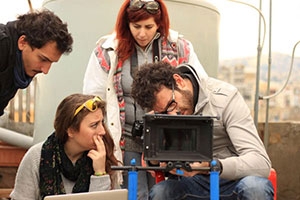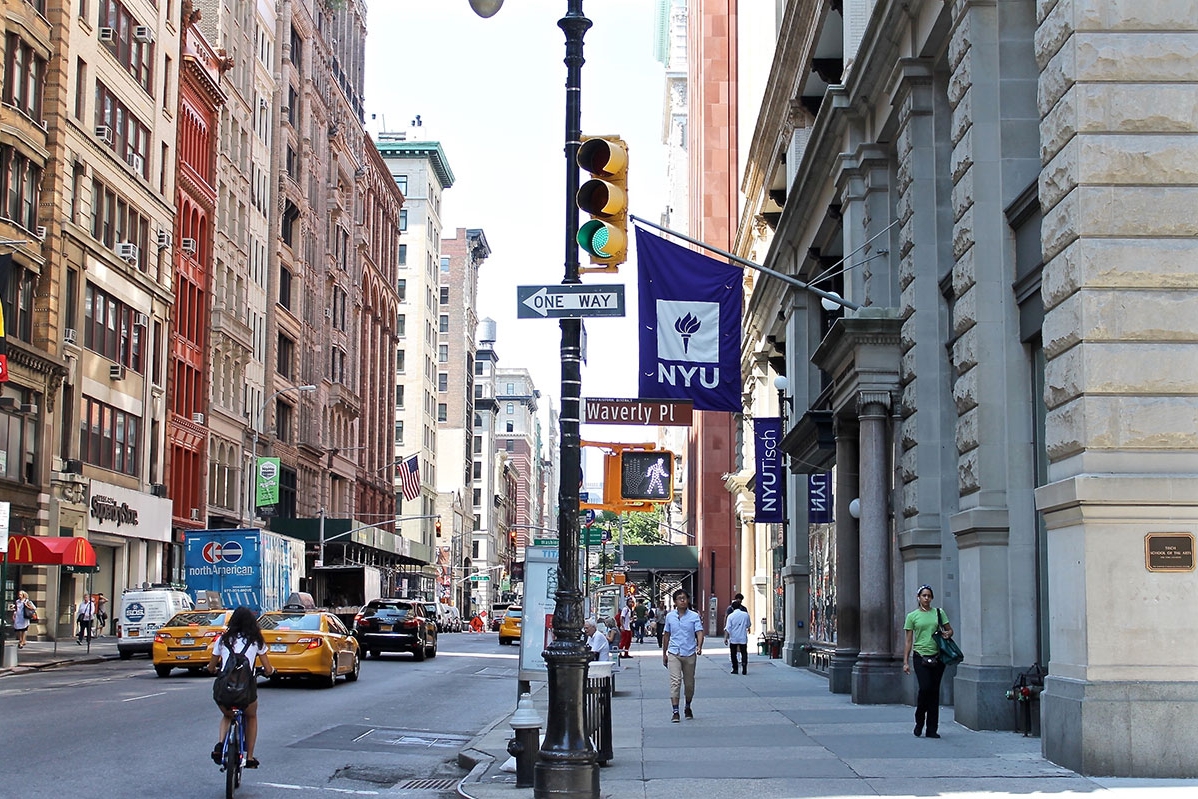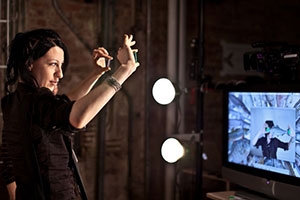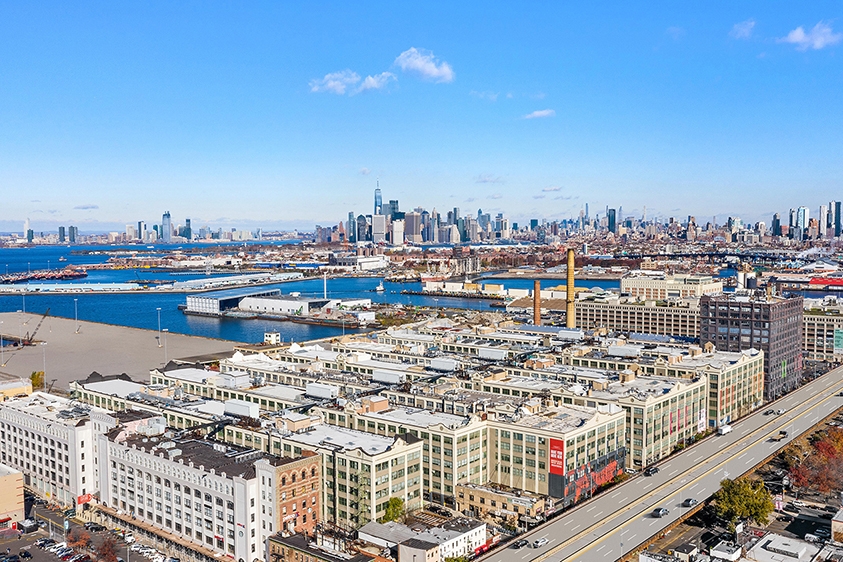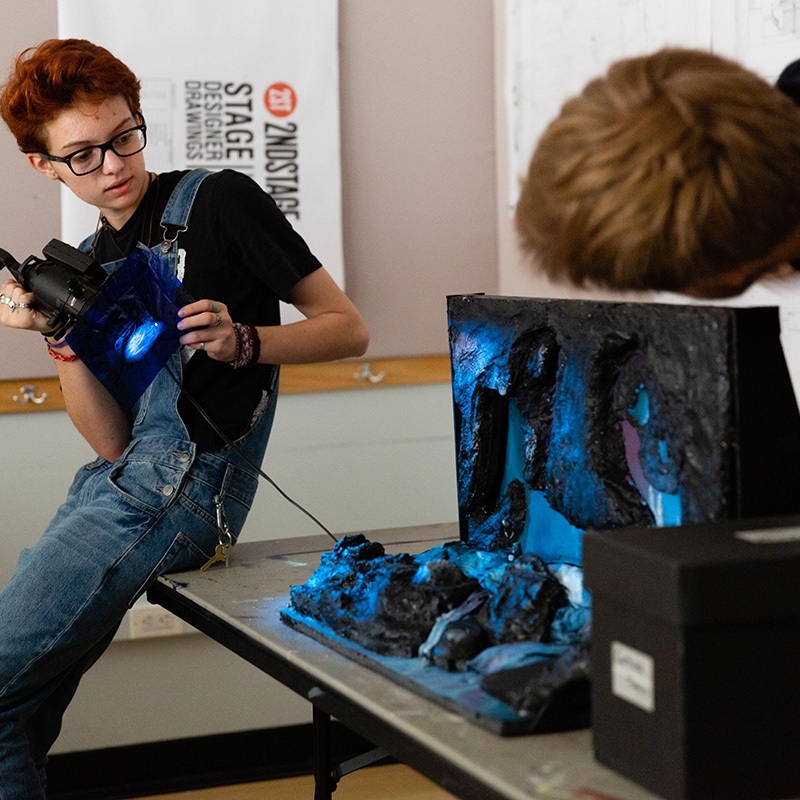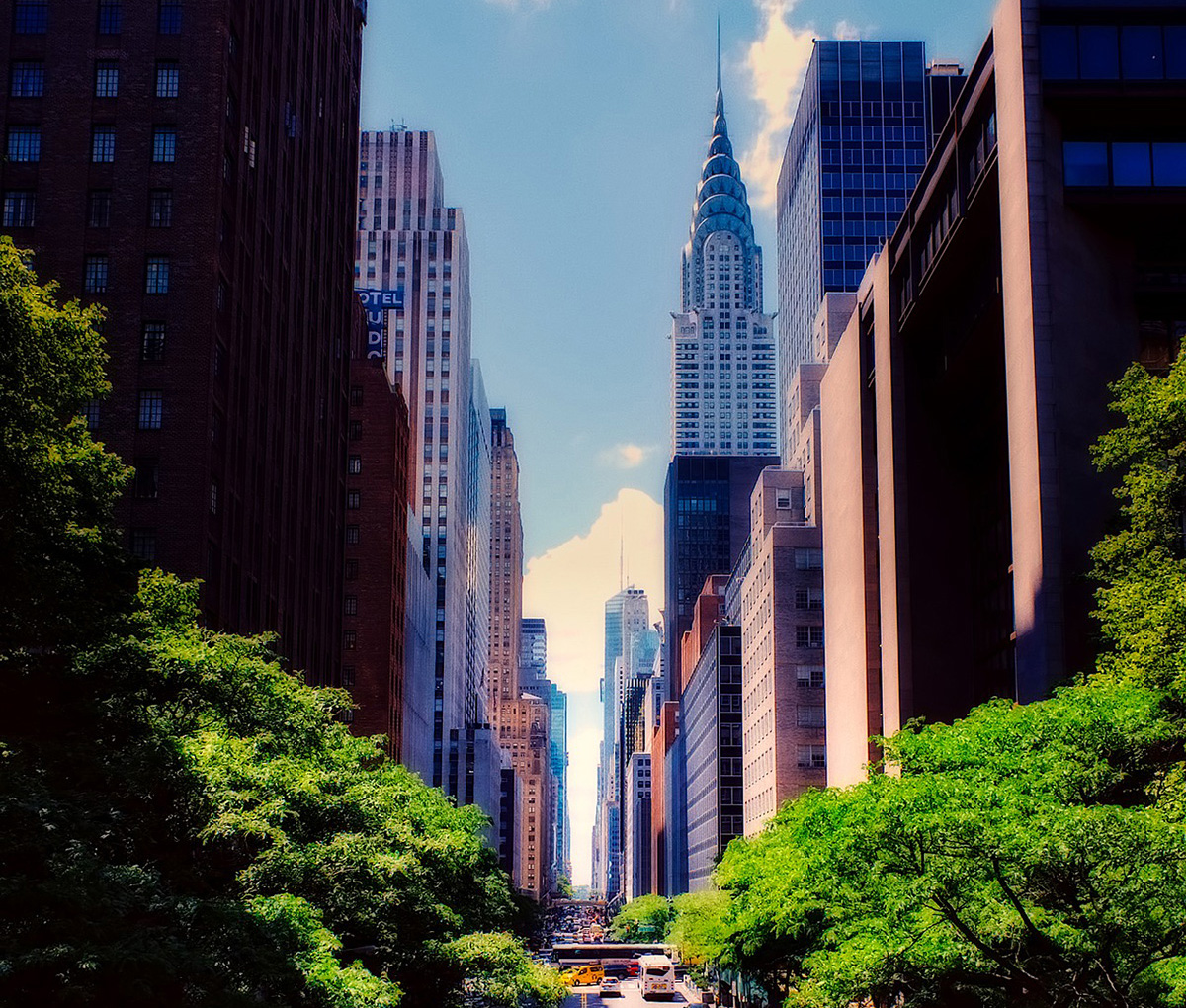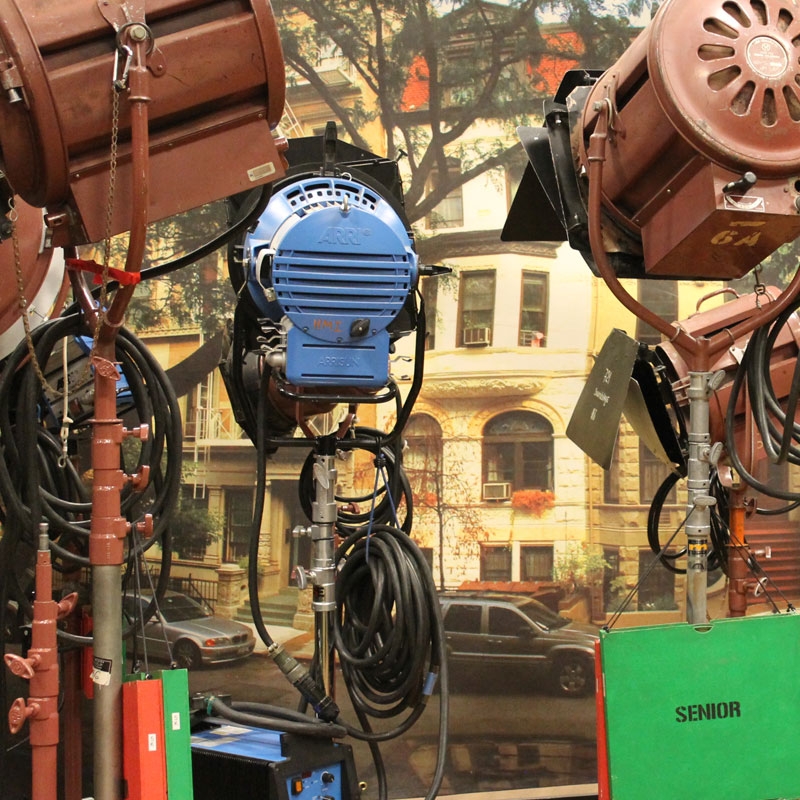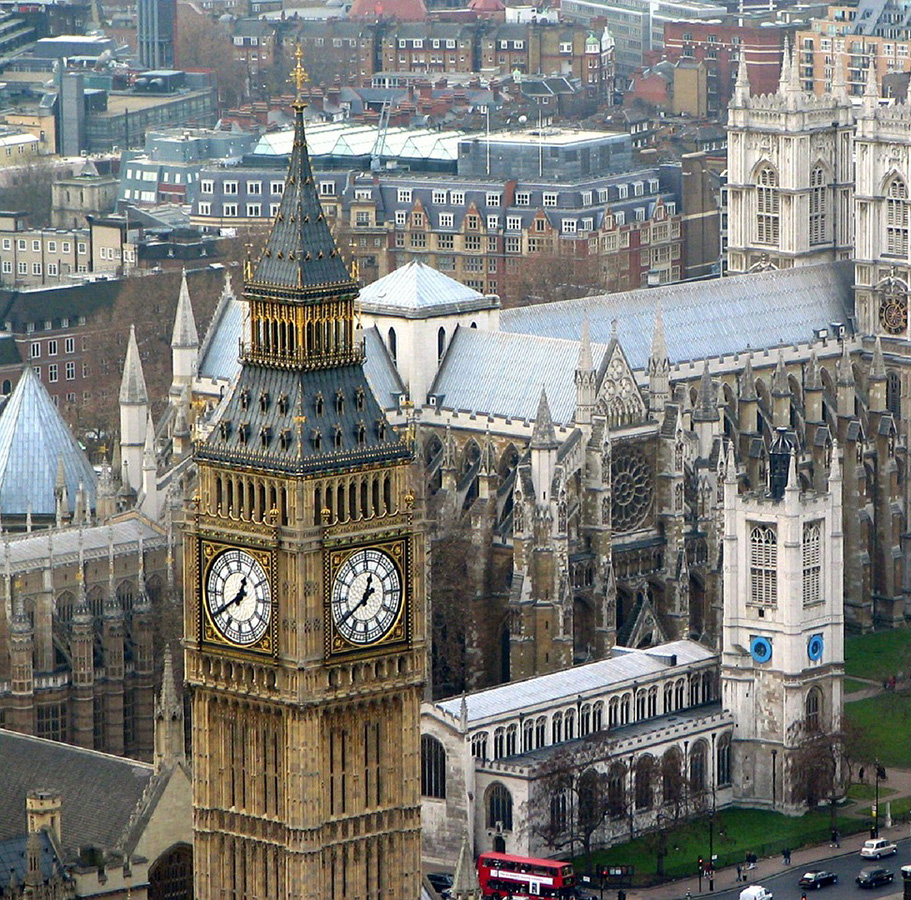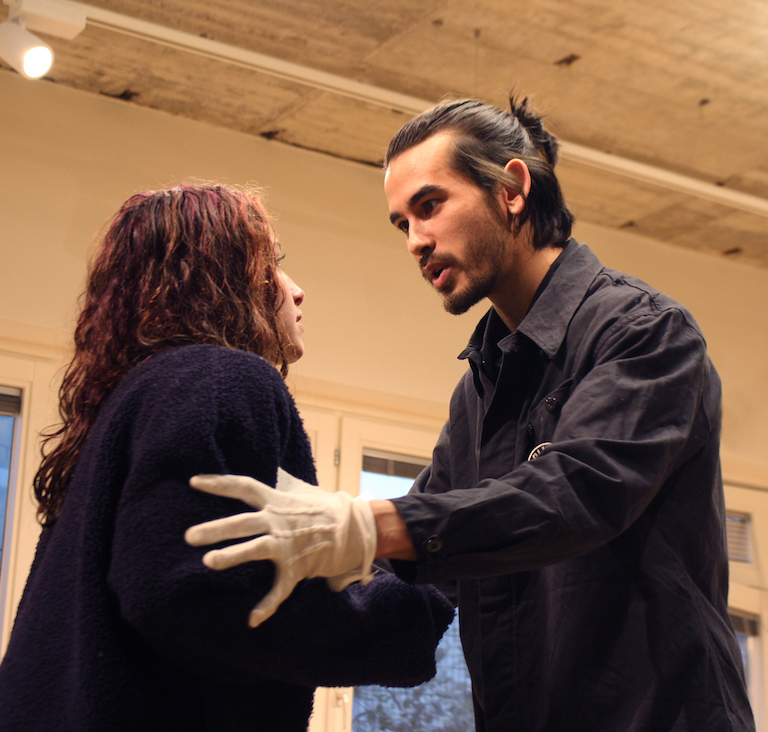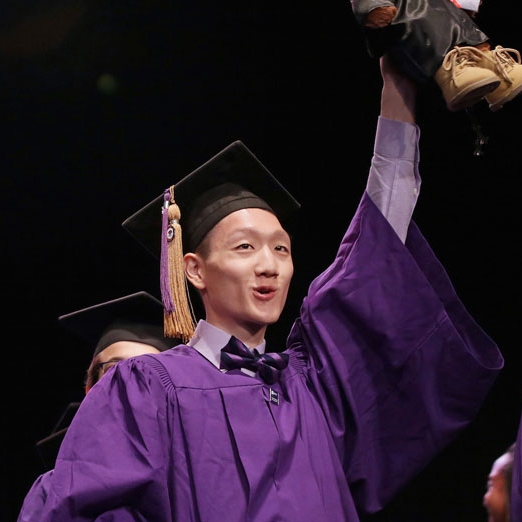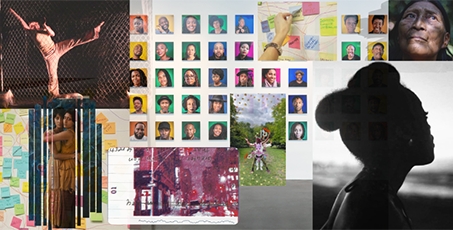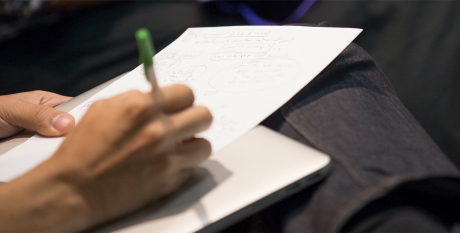John Gurrin
Distinguished Teacher
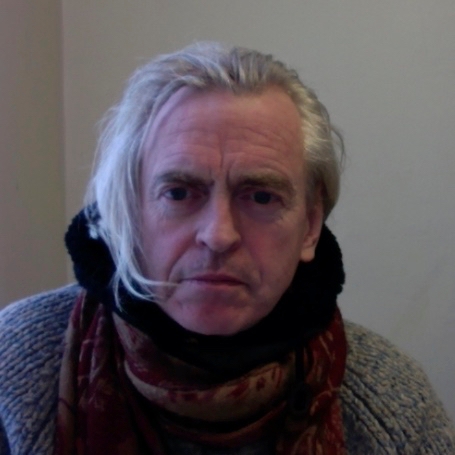
John Gurrin is an artist, sound engineer and designer, filmmaker and teacher. His work has been shown internationally and reviewed in the New Yorker and the New York Times.
Recently he has been making films to accompany concert performances. His first commission was for a viola solo by Tony Prabowo: “B-A-C-H 2004”. That was followed by a film for the Malaysian composer Kee Yong Chong’s “Thousand Ripples of the Lonely Bell”, then a film for Josef Haydn's “Seven Last Words of Christ”, and then John Cage's “String Quartet in Four Parts”. These films were shown in concert at the National Museum of Singapore”; Kommunitas Salihara in Jakarta Selatan, Indonesia; the Rubin Museum, the Austrian Cultural Forum, Issue Project Space, the Stone, and Studio AIR in New York; and the Freer Museum in Washington D.C. He recently directed a film of Tan Dun’s “Ghost Opera” at Flushing Town Hall.
He has had two solo shows of photography, at Hi Art in NY and Communitas Salihara in Jakarta, Selatan, Indonesia.
He is the founder and director of a residential artist workshop in Williamsburg, Brooklyn that has, over the past twenty-one years, provided live/work space for photographers, film directors, musicians, scholars, architects, painters, sculptors, writers, dancers, designers, jewelers, actors and fine artists. The 8,000 sq ft space includes a darkroom, painting and photography studios, a recording studio with Neotek, Studer and Metric Halo hardware, shooting and rehearsal space, and a 60 capacity performance space with a floating dance floor. There have been many public performances including a regularly scheduled dance event every month for the past six years.
John is the fifth Beatle of the Momenta Quartet. He has recorded dozens of their concerts, taken their portraits and designed their websites. He has also helped them form their identity and develop their musical vision; and has enabled their growth through providing rehearsal and production space. The Momenta Quartet is a "fiery and adventurous string quartet" (The New Yorker) that has premiered over 100 works over the past ten years and has collaborated with over 120 living composers. Momenta was in residence at Temple University for ten years, and has also performed and lectured at Cornell, Columbia, Yeshiva and Hawaii Pacific Universities; Bryn Mawr, Swarthmore and Haverford Colleges; The Mannes School of Music and the Boston Conservatory; among others. The quartet has performed in England, Singapore and Indonesia and has received grants from the Koussevitzky Music Foundation, Meet the Composer, the Aaron Copland Fund, the Brooklyn Arts Council and the New York State Council on the Arts.
John has been teaching full-time at NYU for fourteen years. He first worked at the film school for two years as a staff member, helping to set up and specify the new sound facility at 721 Broadway. He was pivotal in drafting the syllabus for Sound Image, the foundation level sound production and theory class that is now a required freshman course. He also developed the syllabus for Studio Recording and taught Sound Design II and Motion Picture Production Techniques in the graduate school. He then taught as an adjunct while pursuing an active, diverse and rewarding professional career. In 2004, when the Film Department’s sound facility was rebuilt, he was deeply involved in the specification and design of the new studios. He has served on the Festival, Sound, Portfolio and Advising Committees. He serves as a Tisch Senator on the Continuing Faculty Senator's Council, and as an alternate on the Tisch Faculty Council. He serves on the UGFTV Executive Committee and as the Spokesperson for the 26 member Teachers Table of UGFTV. He works as an advisor in the Spring semester, providing advising hours outside of the official advising period. He recently completed a chapter for a new book: Think/Point/Shoot: Media Ethics, Technology and Global Change, for Routledge.
His first free-lance work in NY was as a sound person on music videos. Working with directors as various as Martin Scorcese, Matt Mahurin, Julien Temple, Brett Ratner, Phil Jouanou, David Byrne, Julian Schnabel, Sean Penn, Mathew Ralston, Alex Cox, Lance Acord, Stephen Miesel and Rebecca Blake; for artists such as U2 (Angel of Harlem), Michael Jackson (Earth Song), Madonna (I Want You), David Bowie, Tin Machine, Diana Ross, Ricky Martin (Living La Vida Loco), Ray Charles, Soul Asylum (Misery), Shabba Ranks, Iggy Pop and Debbie Harry (Did You Evah' ), Lou Reed (Hooky Wooky), (What's Good), The Talking Heads (Nothing but Flowers), Public Enemy (Black Steel in the Hour of Chaos), Alice in Chains (Angry Chair), (No Excuses), REM, Slick Rick, Tom Petty and the Heartbreakers, Jay Z, PM Dawn featuring Boy George (More Than Likely), Rush, Alannis Morisette (Hand In My Pocket ), Salt'n'Peppa, Sting (Gabriel's Message), Robbie Robertson (Somewhere Down That Crazy River), Sheryl Crowe (A Change Would Do You Good), KD Lang (Constant Craving), Corey Glover (April Rain), Melissa Etheridge, Skid Row, Poison, Anita Baker, Metallica (Unforgiven), Mariah Carey, Soundgarden, Lenny Kravitz, Ugly Kid Joe (Cat's in the Cradle), the B 52's (Love Shack), Deelite (Groove is in the Heart), Bush (Everything Zen), (Little Things), Celine Dion, Lyle Lovett (North Dakota), Roseanne Cash, Hole (Gold Dust Woman), Queensryche (Silent Lucidity), Moby, Redman, The Cowboy Junkies (Sweet Jane), and The Cycle Sluts from Hell (I Wish You Were a Beer) .
He was also busy as a recording engineer for Film/Music projects for David Bowie (50th Anniversary concert at Madison Square Garden with Lou Reed, David Byrne, Patti Smith, Robert Smith, Sonic Youth, Frank Black, David Frohl and the Foo Fighters); Patti Smith at Irving Plaza; P.I.L. At Irving Plaza; and Jeff Buckley. He recorded the sound for David Lynch's “Industrial Symphony No. 1” at BAM for HBO, William Christie's Les Arts Florissant at BAM for Andrea Kirsch's documentary “Les Arts Florissants, ou La passion du Baroque” (1994), the Mieczeslaw Litvinski Ensemble at the Great Hall at Cooper Union and Don Cherry and Nana Vasconcelos at St. John the Divine.
He has sound designed many projects including Matt Mahurin's feature film “Mugshot”, David Byrne's PSA “Hiroshima”, Metallica's long-form video "Unforgiven" for Electra Records, a Super Bowl commercial for Nike, and composed a “Top-Twenty Countdown” and “Top-of-the-Hour” theme for MTV.
He has recorded several albums including Mathew Greenbaum's “Psalter and Other Works” for Centaur Records (“Mr. Greenbaum's "Psalter," a setting of Psalm 104, broke free... in a smooth-textured and darkly songful third movement” Alex Ross in the NY Times, 1992); Pete Galub’s “Boy Gone Wrong” for Dove and Pigeon Records (the Village Voice calls him “the lyric prince of dry-wit.”); Laura Andell’s “Doble Mano” for Rossbin Records; Tony Prabowo’s “Doa Persembunyian” (A Prayer for Refuge) for Equinox DMD; The Black Butterflies “Premiere de Mayo” (“1 de Mayo” also happens to be one of the best overall records of 2010” (allaboutjazz.com); Momenta Quartet’s debut CD “Similar Motion” for Albany Records; Anthony Braxton’s “GTM” for Iridium Records; Assif Tsahar’s New York Underground Orchestra and Taylor Ho Bynum & SpiderMonkey Strings: “Other Stories (Three Suites)” for 482 Music.
He recorded several documentaries including Andrew Jarecki's "Capturing the Friedman’s " (which was nominated for an Academy Award in 2003, and won the Grand Jury prize at the Sundance Film Festival in 2003; and was voted the fifth most popular film in the Channel 4 program, “The 50 Greatest Documentaries of all time”, in 2005), "Blood Brothers" (the recording of several songs for Bruce Springsteen's “Greatest Hits” album at the Hit Factory), interviews with Don Was, John Cale and David Crosby for "I am Trying to Break Your Heart", (a film about Wilco by Sam Jones), interviews with Terry Randal for Tony Kaye’s “Lake of Fire”, "On Hallowed Ground" (an Emmy award winning documentary on street basketball in Harlem), and "When the Road Bends" a music documentary featuring the North Indian group Maharajah, the Spanish flamenco group El Pipa, the Macedonian singer Ezma Rezmapadova, and the Romanian horn band Fanfare Ciociarla. For “When the Road Bends” he recorded concerts in Princeton, San Francisco and Austin, Texas. He traveled to India to record Maharajah in their village near Jaiselmer, Rajasthan. He returned to India in 2009 to make archival recordings of disappearing musical traditions for the non-profit organization Folk Arts Rajasthan.
He has recorded the work of many living composers including Tristan Muraille “Winter Fragments”, “Ethers”, Arthur Kampela “Uma Faca Só Lâmina” (A Knife All Blade), Kee Yong Chong: (b. 1971): “Silence Cosmos” (2005), “Suspended Love for Violin and Percussion”, Tony Prabowo (b. 1956): “Commonality 1 for Viola and Tape” (1998), “Pastorale”, “The King’s Witch”, Mathew Greenbaum: “Nameless”, Cergio Prudencio (b. 1955): “Transfiguraciones”, Phillip Glass “Music in Similar Motion” (1969), “Strung Out”, “String Quartet No. 5” (1991), Huang Ro: “The Flag Project” (2009), Melissa Hui: “Map of Reality” (2009), Elizabeth Brown: “Mirage for shakuhachi and string quartet” , Manena Contreras (b. 1966): “Instantes” (2005), Agustin Fernandez: “String Quartet No. 1: Montes” (2007), Sebastián Zubieta: “Cuarteto” (1991), Ursula Mamlok: “Above Clouds” (2013/14), Philippe Hurel, Helmut Lachenmann, Bernhard Lang, Steve Reich, Salvatore Sciarrino, Georg Friedrich Haas, Eric Nathan, Gordon Beeferman and Conlon Nancarrow,
And composers who are no longer with us: Gérard Grisey: “Les Espaces Acoustiques, Prologue, Partiels”, Morton Feldman: “the viola in my life”, Wolfgang Amadeus Mozart: “Piano Quartet in G minor K. 478 ” , Ludwig van Beethoven: “String Quartet in e minor, op.59, no.2”, “String Quartet Op. 59 No. 3 "Razumovsky", Josef Haydn: “String Quartet Op. 33 No. 1 "Russian", Johannes Brahms: “Piano Quintet in f minor, op.34”, Antonin Dvorak: “String Quartet Op. 96 “American”, Arnold Schoenberg: String Quartet no.2 in f-sharp minor, op.10, Mendelssohn: “String Quartet in E-flat, Op. 12 (1829)”, Robert Schumann: “String Quartet no.3”, Luciano Berio: “Naturale for Viola, Percussion and Tape”, , Yusef Lateef: “String Quartet No. 2”, Leoš Janáček, Alfred Schnittke, Arvo Part, György Kurtág, Stefan Wolpe, Henri Duttileux, Claude Debussy, Franz Schubert and, Aaron Copland and Charles Ives.
John was the technical director of the Austrian Cultural Forum for the 2002 opening of its exhibition, performance space and concert hall within its 24 story new building on 52nd street. He recorded over 60 concerts including works by Gustav Mahler: “Kindertotenlieder” (Songs on the Deaths of Children), Songs from Des Knaben Wunderhorn, Erich Wolfgang Korngold, Anton Webern, Arnold Schoenberg, Fritz Kreisler, Gottfried Von Einem, Hans Gál, Rainer Bischof, Tristan Murail, Iván Erőd, Lucas Ligeti, Györgi Ligeti, Hugo Wolf, and Friedrich Cerha. Artists included Klangforum Wien, Hugo Wolf Quartet, Josef Mayr, Argento Chamber Ensemble, Stephanie Griffin, Joe Zawinul and Uri Caine.
He supervised the installation of many exhibitions including HERE IS NOW, Transforming Modernity: the Arrival of Hyper.Space, Susanna Granzer & Arno Bohler (performance); WIDE: Granular Synthesis: Kurt Henschlager , Ulf Langhreinrich (installation), SINKEN: Granular Synthesis: Kurt Hentschlager and Ulf Langhreinrich (installation), Erwin Redl: Matrix VIII led installation; phonoTAKTIK.02 (The Social Construction of Technology) April 24 - 29, 2002 Electronic music festival; The Arrival of Hyper.Space: Transforming Modernity May 1, 2002; VISIONary: Avant-Garde Cinema: Peter Kubelka, Valie Export, Yoko Ono; "dancing pixels": video edition austria / release 01: video program. He recorded and stage managed a series of lectures and artist talks for the exhibition “Kunsthaus Bregenz in New York”. Participants included Daniel Buren, Jeff Koons, Olafur Eliasson, Douglas Gordon, Santiago Sierra, Thomas Demand, Jason Rhoades, Franz West, Ealan Wingate, Lynne Cooke, Scott Rothkopf, Peter Zumthorp, Hiroshi Sugimoto, Donna De Salvo, Hani Rashid, Michael Govan and Peter M. Wheelwright.
Starting initially as a painter and musician, he turned to film and sound in college, studying in the Tonnmeister program at McGill University under Wieslav Woszczyk. His first exhibited work used interactive distributed computer systems, for which he wrote and programmed stories and visual poems (He has the curious distinction of introducing the first black character into the virtual world of Videotex (the Canadian precursor to the World Wide Web).
The highlight of this period was the presentation of "One Hour of Love" at the Arsenale in the 1986 Venice Biennale. Other exhibited work on this platform include "Nadia's Crime" and "World as Will".
At graduate school at Syracuse University, he was the Graduate Assistant in Sound, teaching with Stanley Alten (author of Audio in Media) and studying with George Comstock (former science advisor and senior research coordinator of the U.S. Surgeon General's Scientific Advisory Committee on Television and Social Behavior). His short films from this time include "Inferno", "Junkie Planet", "Obsession" and "Sunstroke", which were exhibited internationally at galleries and Universities.
He has traveled extensively, recording music, filming and photographing in Mongolia, India, Indonesia, Bali, Estonia, Singapore, Turkey, Ireland, Hawaii, Brazil and across America and Canada.
Last but not least, John is a founding member of Men Without Hats whose song “Safety Dance” made the top ten in Australia, Austria, Belgium, Germany, Ireland, New Zealand, Norway, South Africa, Sweden, Switzerland and the UK; and was number one on the Billboard Dance Charts and number three on Billboard’s Hot 100 in the US.
COURSES:
Sound Image
Studio Recording
EDUCATION:
B.A. English, McGill University
MSc. Film and telecommunications, S.I.Newhouse School of Public Communication, Syracuse University
